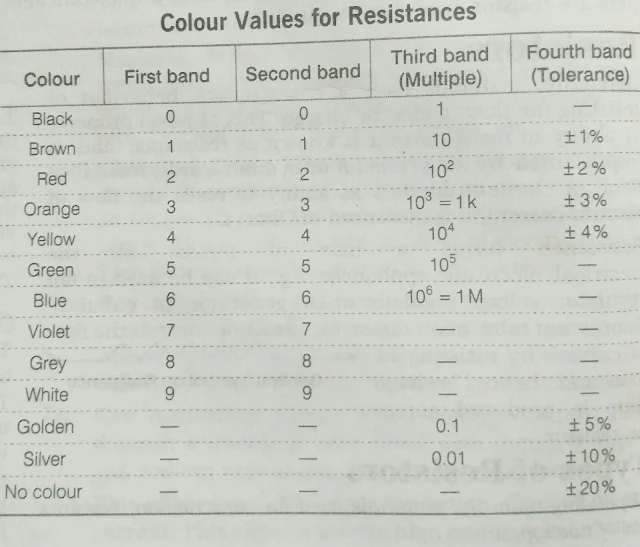Active component
Those electronic devices or components are called active components which required an external source of energy for their operation. Sometimes people defined active components as Components or devices which produce electrical energy as a function of voltage and current, means in a similar way we can say active components are energy providers to the circuit..like voltage source, current source, transistor, diode, etc
Passive component
Those devices or components are called passive component which does not require an external source of energy for their operation. like active components, passive components are also defined in a different way those electronic devices or components which consume electrical energy in the electronic circuit are called passive components Like register inductor-capacitor transformers. Like resistor capacitors and inductor
Resistors
Generally, materials have characteristics of resisting the flow of electric charge and this resisting property of the material is known as resistance. Resistance is the ability of the material to resist the flow of electric current. It is represented by the capital letter R. Its SI unit is Ohm. Resistance is a basic part of all electrical and electronic appliances.
Types of resistors
As per the construction and material used, there are two types of resistors
1 ) carbon resistors
2) wire wound resistors
Carbon resistors
Carbon resistors are made by mixing of either graphite or carbon powder with a suitable insulator and a bonding material. The advantage of carbon resistors is that it is easily available in the market at a very low cost. It has a disadvantage as well in the form of temperature-sensitive. Carbon resistors are also divided into two categories
1. Fixed resistors
2. Variable resistor
When The carbon powder and the bonding agent are mixed in a given fixed proportion and then mold in a thin rod. Then these rods are cut according to the required value of resistance. After cutting the peace, it is fitted by a metal cap with a connecting wire. this connecting wire may be of copper. Generally, this type of resistor is made in the range of 1 ohm to 220 Mega Ohm and having a capacity of 1 watt to 2 watts. The resistance value of each resistance is given by the color code band on every resistor.
Variable resistor
The paste formed by mixing carbon powder and a bonding agent is molded in the form of an arc-shaped strip. this strip is then fixed on a suitable insulator base and it's both ends are connected by the connectors. A movable arm is connected above the strip such that its connection is maintained with the middle connector this resistance is made in the range of 100M ohm to 5M ohms.
Wire Wound Resistor
wire wound resistance is formed by winding the wire of Manganin or eureka over the pipes or sheet of china clay, ceramic, porcelain, or bakelite. The temperature coefficient of these two materials is almost zero so there would be no resistance variation with temperature. The current carrying capacity of this resistor is more than the carbon resistor.fixed resistor
these resistors are made in the range of 0.12 ohm to 50-kilo ohm and power capacity of 1 watt to 50 watts. for industrial application resistance of more than 50-watt value are used.Marking of the resistance value
Generally, the value of resistance and wattage of the resistor is specified on the resistor. But the size of carbon resistance is so small that it is not convenient to mark it on its body. for the convenience of marking the value of carbon resistance, they are of band type and body type.Band Type Resistor
In this method,, four-color rings or bands are made from one end of the body of the resistor. The first ring of the color band represents the first letter of the resistance value the second ring represents the second letter of the resistance value, the third represents multiple and the fourth ring represents its tolerance value.Body Type
In this method, the complete body of resistance is colored with one color. one end of the resistance is colored with another color and a circular and rectangular mark is also made of different colors. The body color represents the first letter of the resistance value, the color at one end represents the second letter of the resistance value, the circular dot represents the multiple and the rectangular mark represents its tolerance valueColor Values for Resistor
The color values of the resistor are given below. If you want to find out the resistance value of any resistor by looking at the color code. then you have to memorize the given color code with its specific value.


